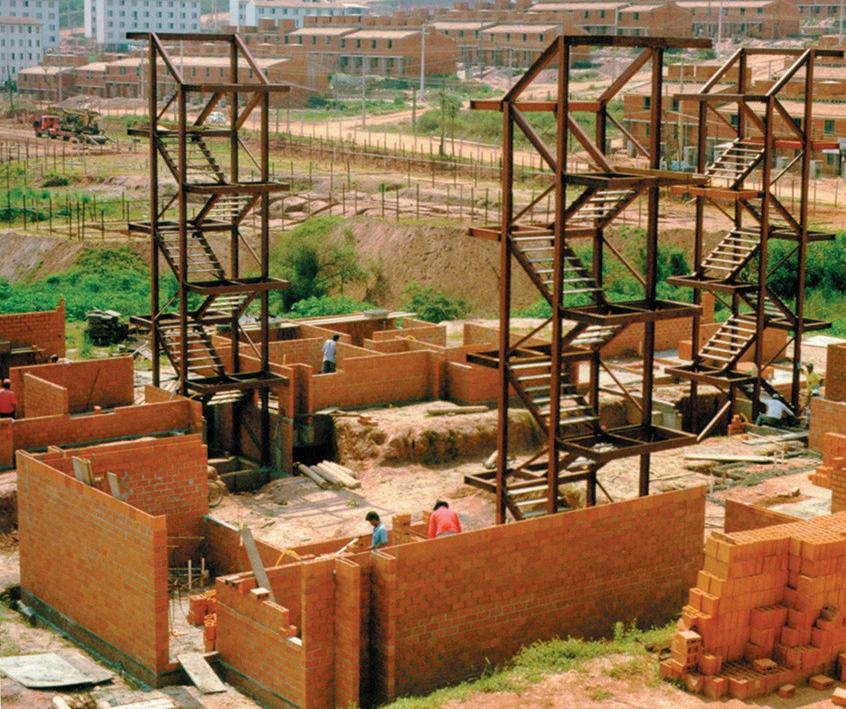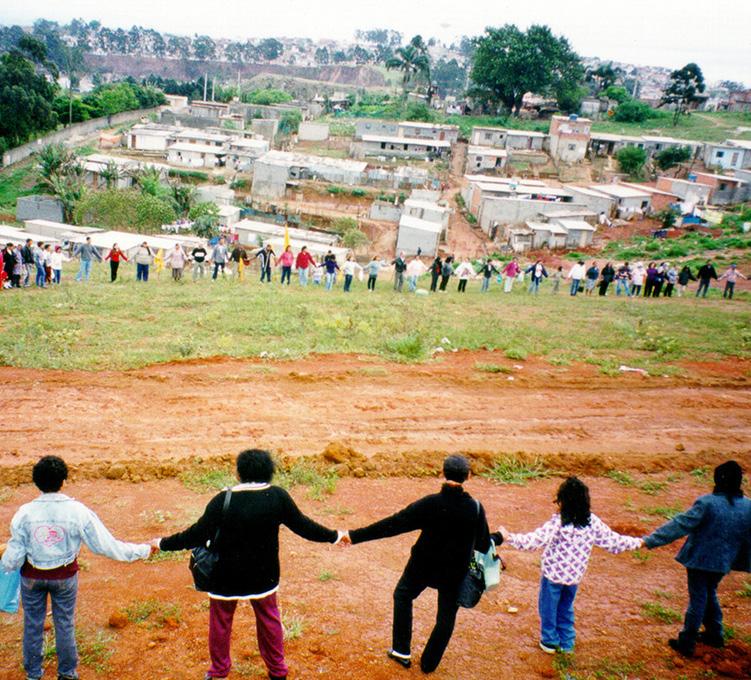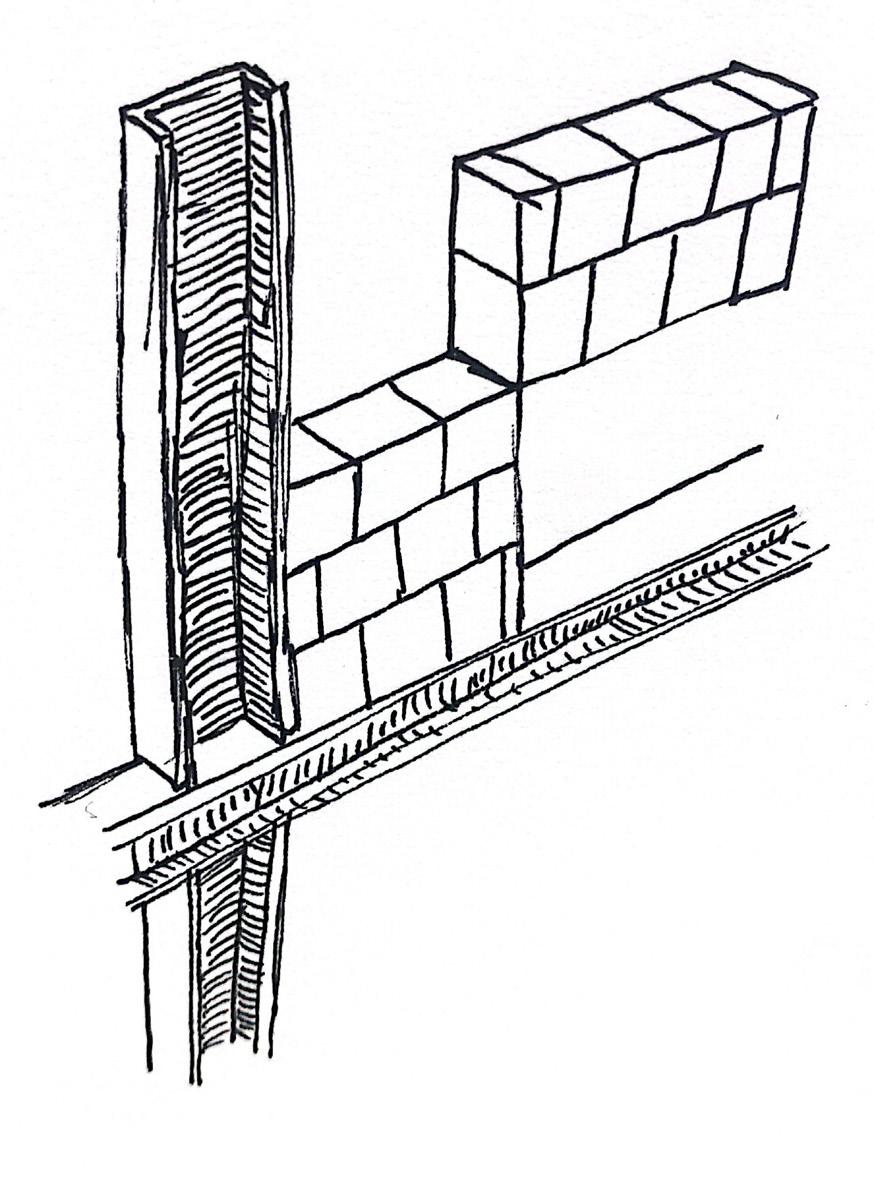
1 minute read
ARCHITECTURE & URBANISM
Centro de Trabalhos para o Ambiente Habitado
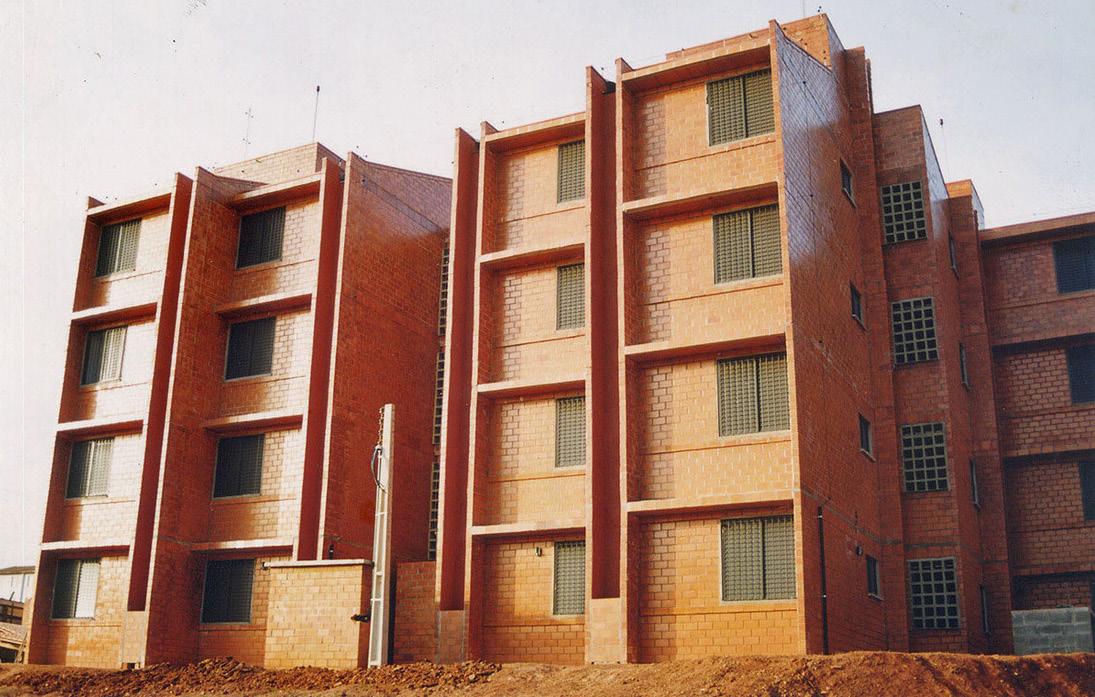
Advertisement

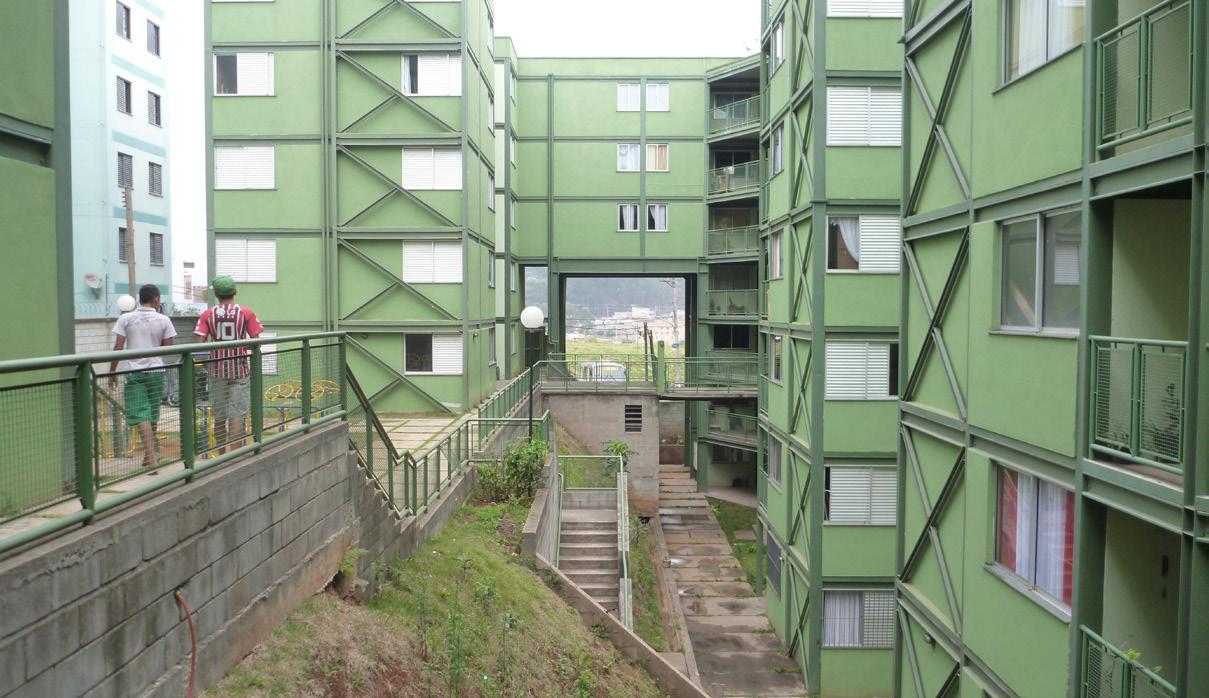
Usina (1990) is a multidisciplinary advisory organisation that focuses on strategic and localised development across Brazil. It’s full name in Portuguese, Centro de Trabalhos para o Ambiente Habitado (Working hub for the inhabited environment), suggests that the firm views urbanism as habitation over architecture and masterplan. Similarly, to MOM, the concept of development as an architectural intervention is replaced in favour of a more grassroots method. Moreover, Usina takes the view that homes, schools and other forms of urban infrastructure are neglected by the neoliberal market, and by providing them will catalyse an economic activity and development. Usina’s work is inherently political, with much of its reach and influence being utilised through talks, demonstrations and documentary films. One of Usina’s key works is Senhor dos Passos Favela in Belo Horizonte, Brazil. The Favela lies on a steep hill northwest of the city centre and is nestled in between Bonfin cemetery and the President Antônio Carlos Avenue freeway and BRT. In the early 90s, a scheme was set up for the area to be urbanised. Usina created the solution of six four floor buildings that feature steel profile (which at the time where an innovative and cheap solution) and light exterior cladding of ceramic blocks. The structures also feature unfinished parts, so that if wished, families can choose to expand. This allows for greater autonomy and innovative urbanisation that prioritises the occupant over the architect. One limitation that Usina is its close link to activism and agenda. Many organisations advocating for alternative methods remains politically neutral to prevent hinderance of political support/will or funding. Usina’s strong empowerment to the habitant’s approach although uplifting, could prove to introduce problems in its later stages. Arguably, Usina’s main goal is the advocacy of infrastructural rights, with the organisation taking the approach that access to both connectivity and the right to organise, build, and operate one’s own community will benefit the built environment far more than master planning.
